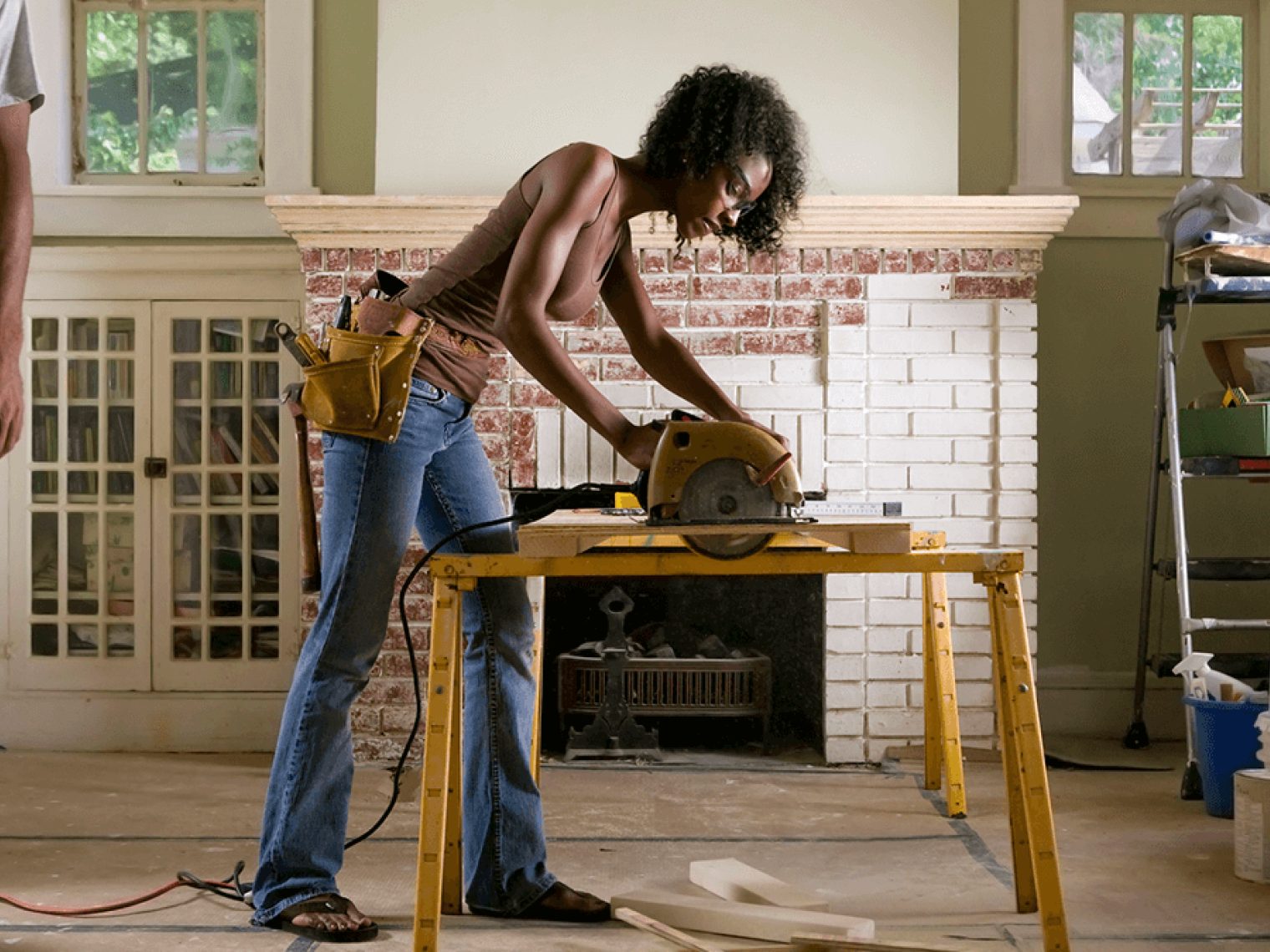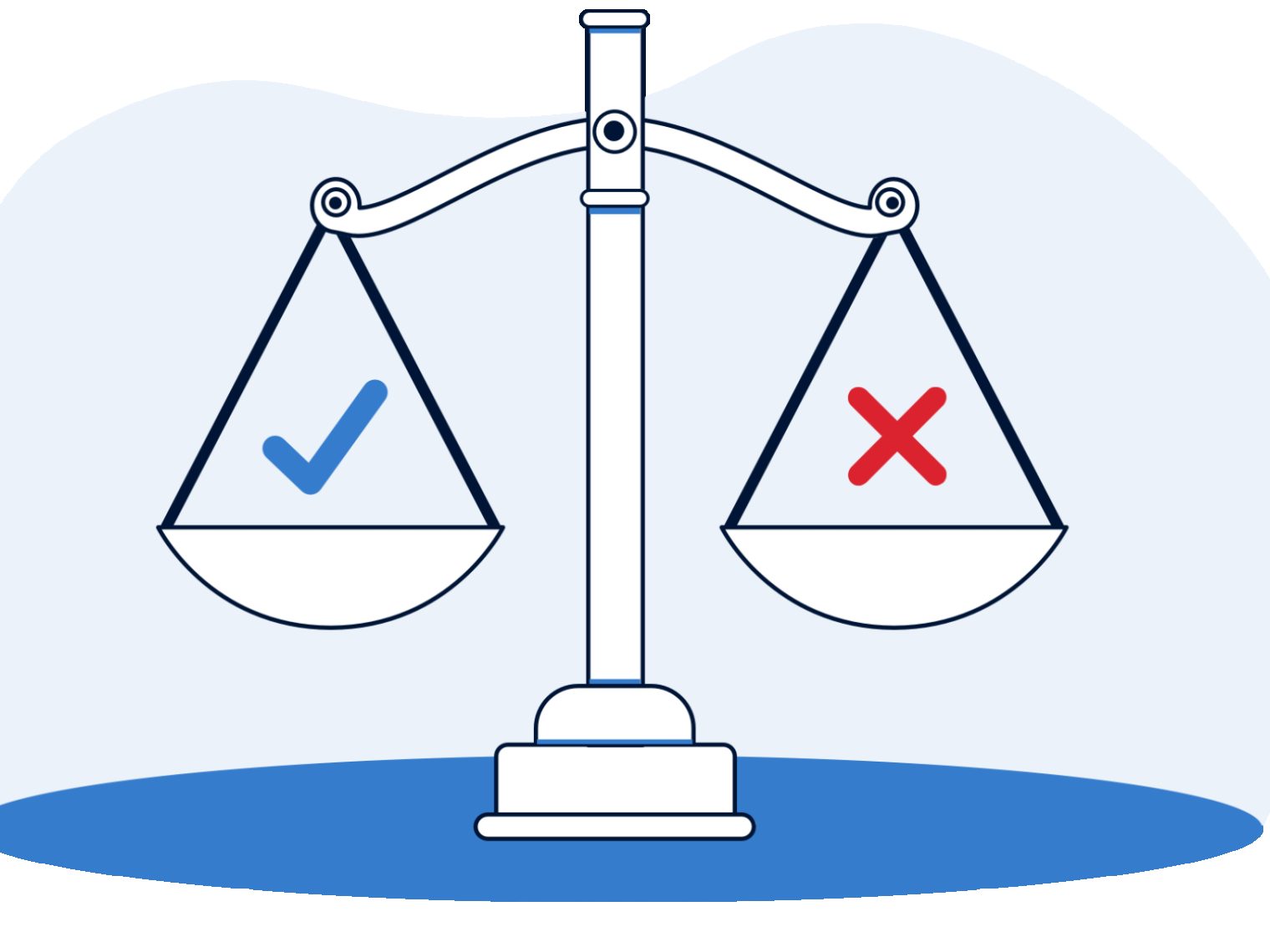VA loans can do a lot of powerful things for Veterans and military families. But like all government-backed loans, they’re focused on helping consumers with financing primary residences rather than businesses, second homes or investment properties.
But the VA’s occupancy requirements can look a little different for VA refinance loans, offering qualified Veterans some key flexibility and an opportunity to save money even if their property is no longer owner-occupied.
Here’s a high-level look at occupancy considerations for the two types of VA refinance loans.
VA IRRRL Occupancy
VA loans focus on buying primary residences, but it’s possible to live in the property for a time and then rent it out and buy again (with another VA loan in most cases).
The VA Interest Rate Reduction Refinance Loan (IRRRL) is a refinance product available only to homeowners currently in a VA mortgage—and it’s the only VA loan that doesn’t require post-closing occupancy. While guidelines state that you should have previously used the home as a primary residence, occupancy isn’t required after closing on an IRRRL.
That means you can use this type to refinance a VA-backed home you’re still living in or one that you’re now renting out.
Other features of a VA IRRRL include less stringent underwriting requirements, with some lenders foregoing income and asset verification altogether. In some cases, you may be able to avoid getting an appraisal as well.
All in all, it’s a relatively easy and low-cost way to refinance your mortgage at a lower rate.
VA Cash-Out Refinance Occupancy
A VA Cash-Out refinance allows you to borrow against the equity you have in your home, use the cash to pay off high-interest debts, and make improvements to your property or anything else you want to do. You can also use the Cash-Out option as a rate/term refinance if you don’t currently have a VA loan. These don’t require you to take cash out.
From a credit and underwriting perspective, these refinance loans look much like a purchase. If you’re seeking a Cash-Out refinance, expect to provide full income, credit and asset verification. You’ll also need an appraisal, just like a VA purchase loan.
And just like a VA purchase loan, you’ll need to intend to occupy your home as a primary residence after closing. This is not a refinance option for a non-owner occupied property.
Exceptions to VA Occupancy Requirements
There are some broad occupancy guidelines for VA loans, but some situations require a more in-depth look and lenders often evaluate them on a case-by-case basis.
Generally, when there is an occupancy requirement, you’ll need to occupy the home within 60 days of closing, although exceptions up to a year can be granted in some situations.
Active duty service members currently deployed can seek exceptions to occupancy requirements. They must certify that a close family member (usually a spouse or child) will occupy the house in the interim.
Depending on your specific scenario, you may be able to seek other exceptions, but they’ll likely require approval from your lender and the Department of Veterans Affairs.
Whether they’re hoping to lower interest rates, take cash out or switch to a VA loan, homeowners looking to refinance a primary residence they plan to occupy continuously will find the process pretty straightforward.
Answer a few questions below to speak with a specialist about what your military service has earned you.
Related Posts
-
 VA Renovation Loans for Home ImprovementVA rehab and renovation loans are the VA's answer to an aging housing market in the United States. Here we dive into this unique loan type and the potential downsides accompanying them.
VA Renovation Loans for Home ImprovementVA rehab and renovation loans are the VA's answer to an aging housing market in the United States. Here we dive into this unique loan type and the potential downsides accompanying them. -
 Pros and Cons of VA LoansAs with any mortgage option, VA loans have pros and cons that you should be aware of before making a final decision. So let's take a closer look.
Pros and Cons of VA LoansAs with any mortgage option, VA loans have pros and cons that you should be aware of before making a final decision. So let's take a closer look.


